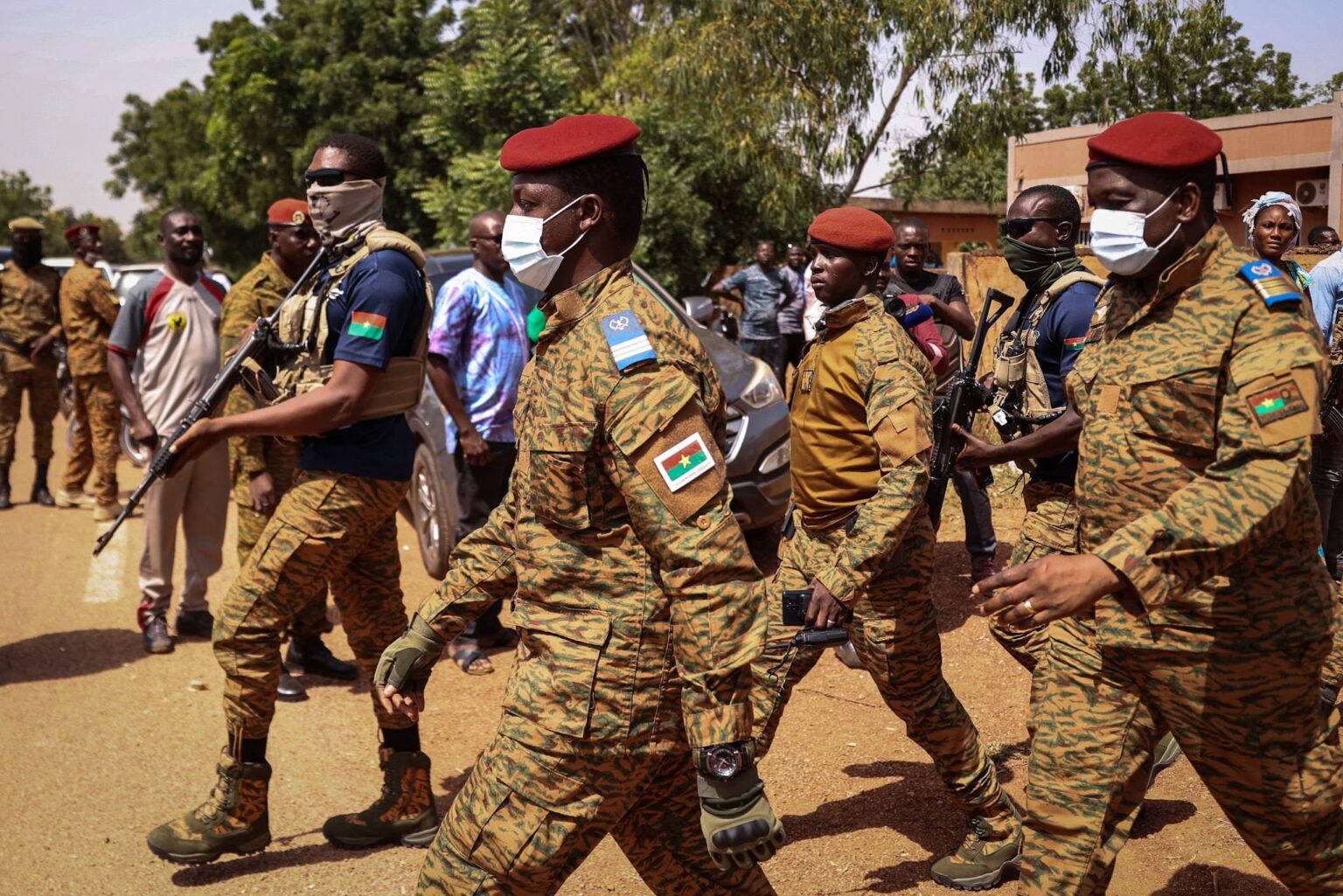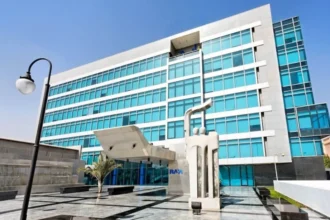At a Glance
- Coups have repeatedly toppled African leaders, fueling instability across fragile democracies.
- From Togo in 1963 to Niger in 2023, coups reshaped Africa’s coup belt.
- Military takeovers often derail democracy, sparking unrest and authoritarian rule.
Military coups have repeatedly redrawn Africa’s political map, disrupting fragile democracies, fueling instability, and sparking global concern about the continent’s governance.
From the first coup in Togo in 1963 to Niger’s dramatic military takeover in 2023, these seismic events have shaped Africa’s so-called “coup belt,” stretching across West Africa and the Sahel.
For decades, power grabs have toppled presidents, torn apart constitutions, and set nations on paths marked by authoritarian rule, economic decline, or prolonged unrest.
While some coups were hailed as corrections to corruption and misrule, most became turning points that deepened instability and stalled democratic progress.
Here are 10 major coups in Africa that shocked the world and reshaped the continent’s political future, compiled by Shore.Africa.
Togo – 1963: The First Coup of Post-Colonial Africa
On January 13, 1963, President Sylvanus Olympio was assassinated in Lomé, marking Africa’s first post-independence coup.
Army officers swiftly replaced him with Nicolas Grunitzky, exposing the vulnerability of newly independent African states.
Uganda – 1971: Rise of Idi Amin
On January 25, while President Milton Obote was abroad, Commander Idi Amin seized power. His eight-year reign became infamous for mass killings, corruption, and repression—cementing his reputation as one of history’s most feared dictators.
Sierra Leone – 1968: The Sergeants’ Coup
A faction of junior officers led by Brigadier John Amadu Bangura ousted Juxon-Smith on April 18, reinstating Siaka Stevens. But the “corrective” coup soon gave way to decades of one-party dominance and deep political instability.
Equatorial Guinea – 1979: Obiang Overthrows the Tyrant
Teodoro Obiang Nguema Mbasogo ousted his uncle Francisco Macías Nguema in a bloody coup that ended a reign of terror. Obiang’s takeover launched one of the world’s longest-running regimes—still in power today.
The Gambia – 1994: End of West Africa’s Longest Democracy
Lieutenant Yahya Jammeh seized power on July 22, toppling Dawda Jawara’s long-standing civilian government. The coup ended Africa’s oldest multiparty democracy and ushered in 22 years of authoritarian rule.
Mali – 2020 & 2021: Two Coups in Quick Succession
Security failures and popular discontent triggered a mutiny on August 18, 2020, removing President Ibrahim Boubacar Keïta. Less than a year later, Colonel Assimi Goïta staged a second coup, cementing Mali’s role at the heart of Africa’s “coup belt.”
Sudan – 2019 & 2021: Revolution Meets Military Rule
Mass protests ousted Omar al-Bashir in April 2019, ending decades of dictatorship. But a fragile civilian-military partnership collapsed in October 2021, when General Abdel Fattah al-Burhan dissolved the transitional council, plunging Sudan back into crisis.
Guinea – 2021: Coup Over Constitutional Overreach
On September 5, special forces removed President Alpha Condé after he controversially changed the constitution to extend his rule. The coup highlighted growing regional anger over entrenched leaders clinging to power.
Burkina Faso – 2022: A Coup within a Coup
In January, soldiers ousted President Roch Kaboré over worsening jihadist violence. Nine months later, Captain Ibrahim Traoré staged a counter-coup, escalating political turmoil in one of Africa’s most unstable states.
Niger – 2023: Democracy Interrupted
On July 26, President Mohamed Bazoum was deposed in a swift takeover that drew global condemnation. The coup dealt a heavy blow to Western-backed counterterrorism efforts and reinforced Niger’s place in Africa’s volatile coup belt.















